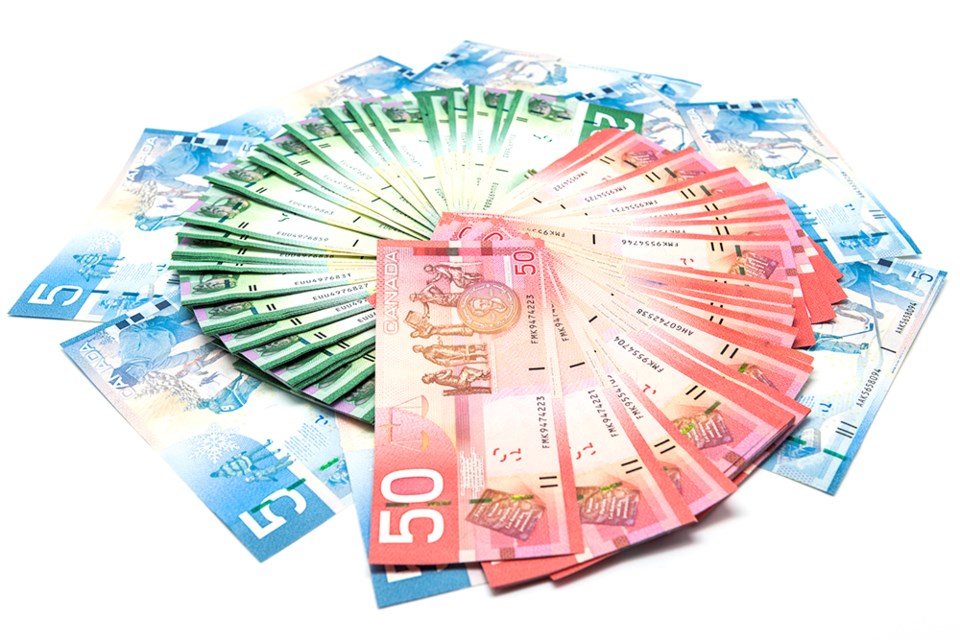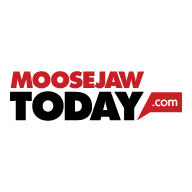The City of Moose Jaw’s debt grew by $11.4 million last year, with nearly half the total debt related to the municipality’s support for the Buffalo Pound Water Treatment Plant renewal project.
Moose Jaw had $66,005,140 in long-term debt in 2021, an increase from $54,605,140 in 2020, according to the 2021 audited financial statements presented during the Nov. 28 regular council meeting.
The report noted that Moose Jaw’s debt was comparable to four other cities: Prince Albert’s was $19.1 million, Swift Current’s was $70.5 million, Saskatoon’s was $295.1 million and Regina’s was $331.6 million.
“We do have more financing again in 2022 related to that project. Once that’s all tallied up, I believe about 50 per cent of our debt will be related to the … renewal,” said finance director Brian Acker, noting interest rates for debt are fixed. “We certainly have a level of debt that’s manageable, but there probably are limits to how much debt can be added in the future.”
The long-term debt per capita ratio shows that Moose Jaw’s debt per person was $1,960.65, a jump from $1,611.14 per person two years ago, the report said. Meanwhile, the debt-to-annual-taxation ratio shows it would take 2.14 years in taxation revenue to pay off all that debt.
“Although the city’s debt has grown, it is not at a level that is detrimental to the city’s long-term financial viability,” Acker added. “In many cases, debt is the only way to fund pressing infrastructure issues facing the city.”
Coun. Heather Eby appreciated being reminded that debt is sometimes the only way to fund critical infrastructure projects.
“Sometimes debt is seen as bad, but … the City of Moose Jaw’s debt has been well-placed,” she said, “and we have some good projects underway — things that need to be done and that will make daily life better for our citizens in all the years ahead.
“… I don’t think the debt we have is bad. I think it’s good.”
Reserves
The municipality had $126.7 million in reserves last year — an increase of $10.36 million from 2020 — including $111.3 million invested in stocks and the rest in its bank accounts.
The financial report noted that the reserves and investments provide a sustainable source of income, and without them, taxes would likely need to increase by about 19.4 per cent to make up the revenue shortfall.
Taxation on a per capita basis
Moose Jaw’s municipal taxation levels on a per capita basis are better — and lower — than four other Saskatchewan municipalities, claimed Acker.
The Friendly City’s taxation per capita is $914.15 per resident, compared to $1,189.46 in Swift Current, $1,122.20 in Prince Albert, $1,106.23 in Saskatoon and $1,290.01 in Regina, the report showed. However, he noted that if Moose Jaw’s investment earnings of $12.6 million are included, the community’s taxation per capita rate falls to $375.35 per person.
“If we did not have that, we would be in the same range as those other cities,” Acker added. “So, it highlights again the benefits of our investments.”
Coun. Crystal Froese appreciated the comparison of Moose Jaw to other communities since it was a reminder that the municipality doesn’t live in a bubble.
“We’re doing a pretty good job of trying to keep taxes down and utilizing our reserves properly and trying to set money aside for rainy days,” she added. “… We’ve had a few of those during the last couple of years.”
Overall revenues, expenses
Last year, Moose Jaw’s total revenues were $114.29 million and its total expenses were $84.2 million, an increase from $95.5 million and $81.2 million, respectively, in 2020, the report showed.
Revenue streams
The largest revenue stream was municipal taxation, representing 26.9 per cent of total revenues. This category generated $30.7 million last year, an increase from $29.2 million in 2020.
Utilities — water and wastewater — were the second-largest revenue source at 25.8 per cent and contributed $29.4 million, a slight decrease from $29.7 million two years ago.
Meanwhile, contributions, grants and subsidies were the third-largest revenue source at 18 per cent and contributed $20.6 million, an increase from $18.3 million in 2020.
Expense streams
Utilities were the largest expense category at 26.4 per cent or $22.2 million — a drop from $23.7 million two years ago.
Protection of persons and property was the second-largest expense category at 24.6 per cent or $20.7 million — a slight increase from $20.09 million two years ago. Most expenses were for the police service, fire department and street lighting.
Parks, recreation and community services were the third-largest city expense at 19.2 per cent or $16.1 million — an increase from $15.1 million in 2020.
“… so it was a good year for revenues,” Acker added, “and expenditures were quite controlled within budget.”
The next regular council meeting is Monday, Dec. 12.



